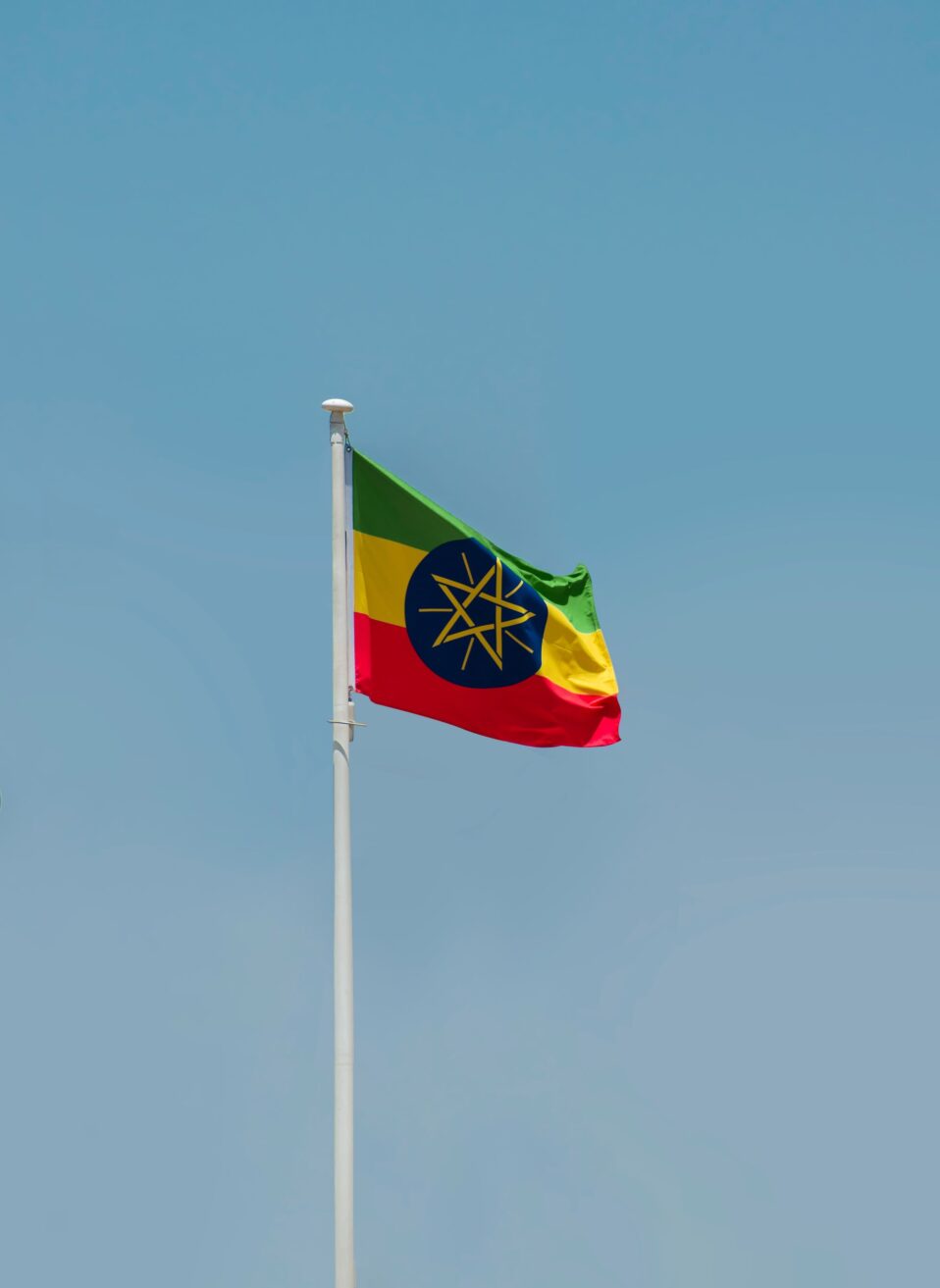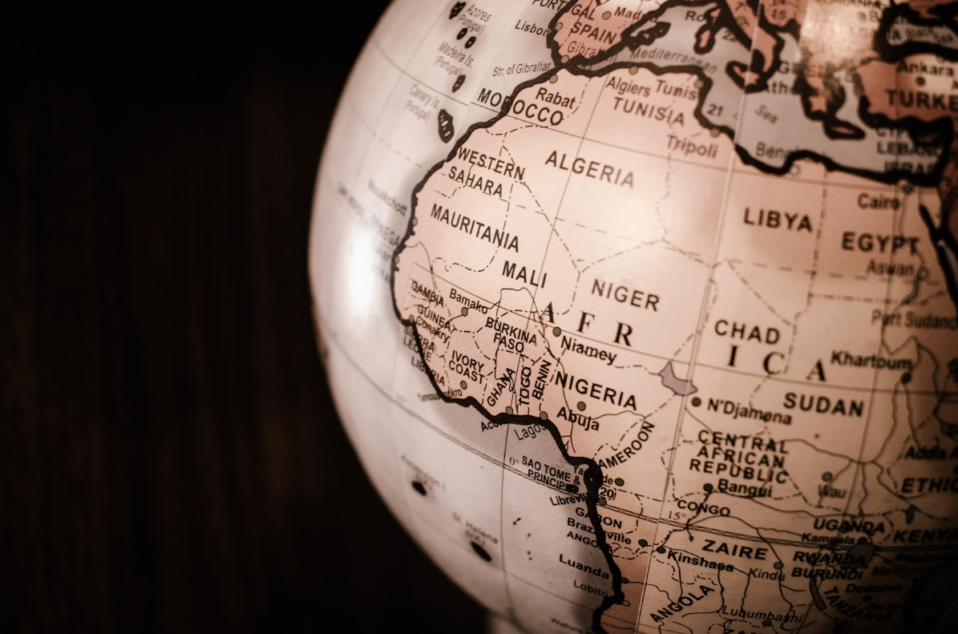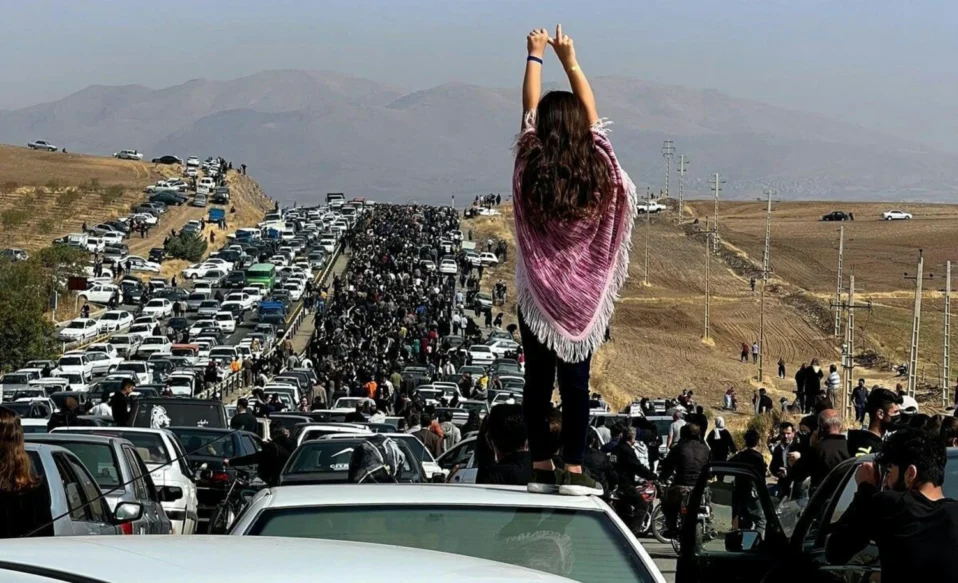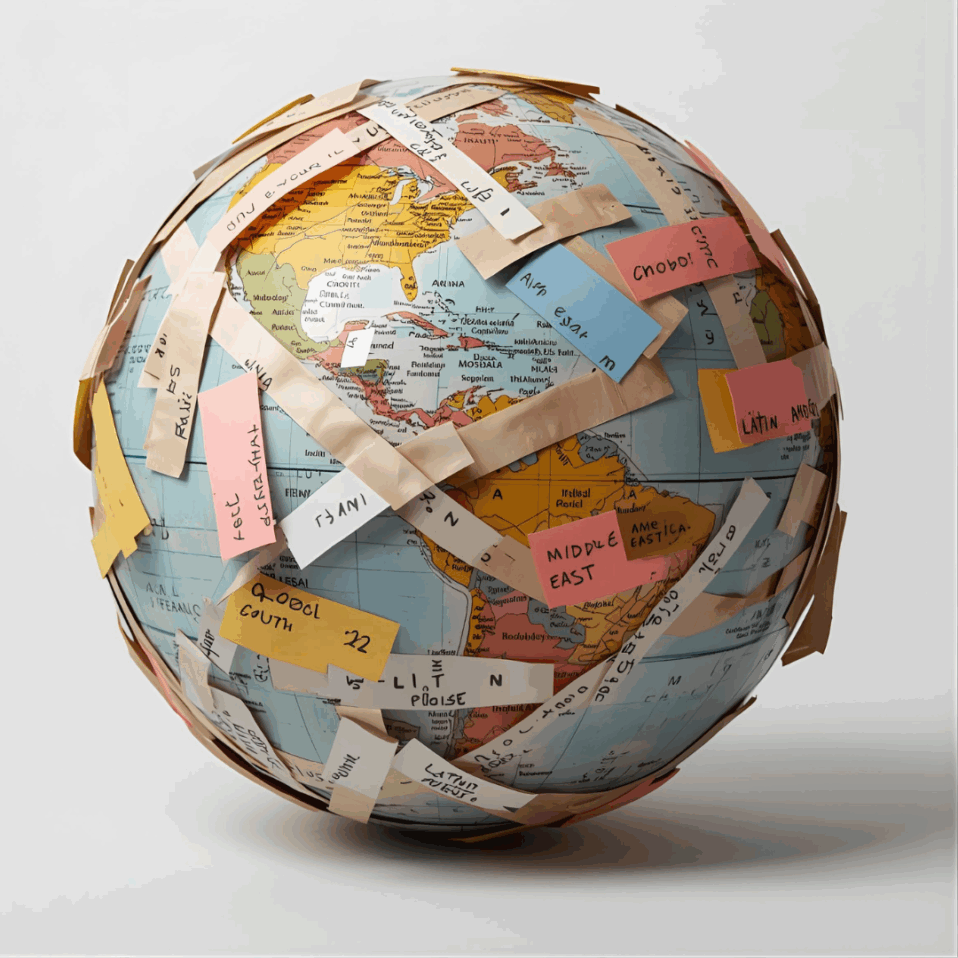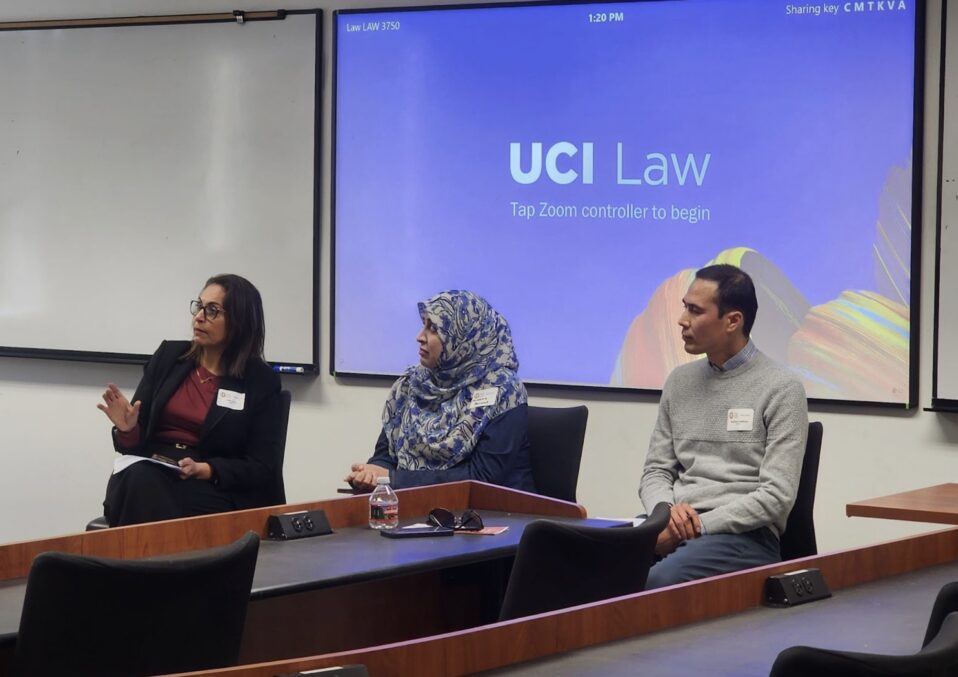As a leading country of Africa, Ethiopia plays a key role in stabilizing East Africa, supporting the African Union, and acting as a pan-African voice to the world. Recent violence in the country took many by surprise, but inter-ethnic rivalries and conflict brewing for decades put Ethiopia on a path to violence of the last three years. However, Ethiopia is not alone when it comes to facing the task of managing deadly political violence, rampant ethno-religious conflicts, and other nationwide social pitfalls. Many other countries such as Colombia, Ghana, and Indonesia, while not perfect, have displayed transformative state behavior that could provide beneficial lessons for building a more violence-resistant Ethiopia. Considering the unabating violence that persists in Ethiopia today, the following examples are potentially curative lessons, including the formation of Colombia’s new Constitution in 1991, Ghana’s structured commitment to peacekeeping efforts, and the Memorandum of Understanding between the Government of the Republic of Indonesia and the Free Aceh Movement.
LESSON 1:
Ethiopia can learn from Colombia’s 1991 constitution formation which established equitable political institutions, processes, and policies. Prior to the new constitution, Colombia experienced widespread violence, including the assassination of three presidential candidates and a prolonged state of siege. The demand for comprehensive reform led to the replacement of Latin America’s oldest constitution, drafted by diverse parties, including leaders, pastors, and even anti-government guerrilla groups. The new constitution acknowledged Colombia’s pluralism by allowing new parties and implementing a fair voting system, ensuring equal opportunities for smaller parties. It also established checks and balances on presidential power and implemented measures to combat corruption among Congress members. Ethiopia shares similarities with Colombia, including multilingual and multiethnic populations, historical complexities, and periods of conflict over central governance. Ethiopia can look to emulate Colombia’s approach by establishing a constitutional convention of its own and formally introducing a legal framework that mandates equity and peace.
LESSON 2:
Ethiopia can look to Ghana’s successful peacekeeping efforts and institutions. Despite post-colonial challenges and domestic instability, Ghana has become a model African nation committed to peace and stability. Institutions like the Kofi Annan International Peacekeeping Training Centre (KAIPTC) reflect Ghana’s dedication to providing education and training on peacekeeping globally. Ethiopia could benefit by adopting a similar program to the KAIPTC, which has transformed Ghana’s military into a respected and disciplined organization. The KAIPTC collaborates with numerous countries and the United Nations to educate future peace professionals and contribute to global peacekeeping missions. While challenges remain, such as youth unemployment and security threats, Ghana takes timely measures to address them, including signing agreements and launching strategies. Ethiopia should consider the advantages of proactive conflict prevention rather than allowing grievances to persist.
LESSON 3:
Finally, Ethiopia can look east to an important lesson from the Memorandum of Understanding (MOU) between Indonesia’s government and the Free Aceh Movement, officially agreed upon on August 15, 2005. After nearly three decades of fighting, Gerakan Aceh Merdeka (GAM) or the Islamist Free Aceh Movement, failed to achieve its objective of separating Aceh from Indonesia, prompting them to enter negotiations following a series of devastating tsunamis and earthquakes.
Ethiopia has much to study from this ceasefire. First, the rebels surrendered hundreds of weapons to independent international monitors over the course of four stages. Second, the Government of Indonesia withdrew a significant number of its own troops and police officers, established a court of justice, granted amnesty to imprisoned GAM members, and ensured 70% of Aceh’s valuable resources remained in the province. Third, both parties engaged in negotiations facilitated by former Finnish President Martti Ahtisaari. Last, the MOU included reforms to allow Aceh parties to participate in nationwide politics. The government of Ethiopia, the African Union, and other independent monitors should aim to establish a similar MOU with specific provisions for Ethiopia to adhere to moving forward.
Looking Forward
The delicate peace in Ethiopia provides a window of opportunity for the Ethiopian Government and international community to identify practical ways to reduce the divide between the various factions in the country. Welcoming outside advisors and assistance from the United Nations and African Union, as well as experts from the three example countries, to adapt the lessons learned to meet the needs of Ethiopia could finally help to resolve long-standing grievances, build a national identity, and restore Ethiopia’s position as a leading African nation.
Written by: Diana Woo, Master’s Candidate 23′ for Global Studies & International Relations at Northeastern University

